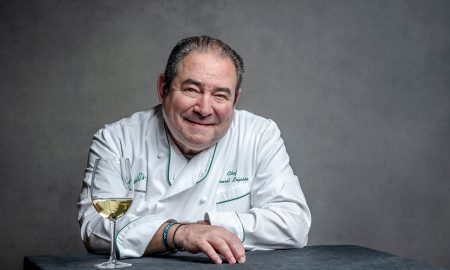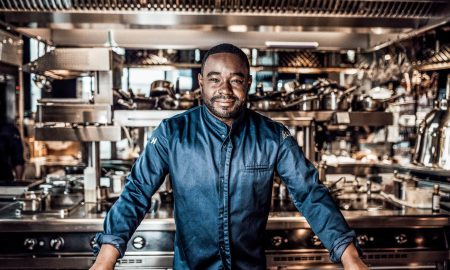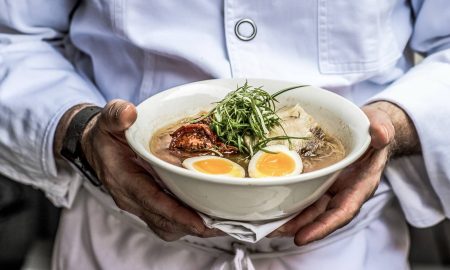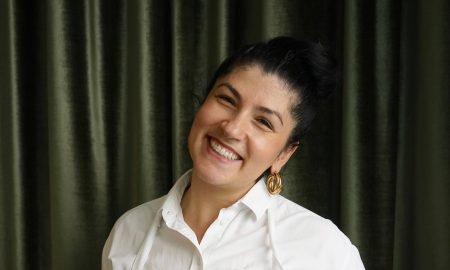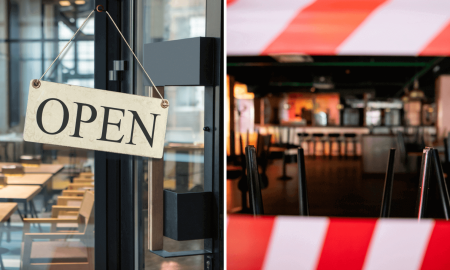Tolaas describes herself as a “professional in-betweener”, a scholarly boundary crosser. For thirty years, she has been collecting and archiving odor samples in her Berlin laboratory, even those we think stink to high heaven, such as excrement, rancid oil and rotten fruit. She uses a small vacuum cleaner to collect samples from the locations where these odors occur, and then has the molecules chemically extracted to mimic and synthesize the odor.
Sieh dir diesen Beitrag auf Instagram an
Tolaas provides her services to galleries and museums, but also to cosmetics companies and hotel chains, for whom she develops corporate fragrances. Her olfactory installations are based on complex concepts that reflect both her artistic approach as well as her keen sense of humor. She creates aromas, some of them provocative, that stimulate our memory, revive forgotten places, capture seasonality and evoke emotional or intellectual responses. Cross-border experiences are designed to help improve the recipients’ sensitivity to odors and overcome tolerance boundaries. She seeks to raise consciousness of the sense of smell, which has been neglected for a long time but is essential for the survival of mankind. Food naturally plays a major role in her work – she is constantly initiating research projects and designing exhibitions around the topic of food.
KTCHNrebel caught up with Tolaas in her lab in an historic Berlin old building apartment, which was infused with a spicy whiff of woods and leather, thanks to a commission from haute couture brand Balenciaga.

Image: Smell RE_searchLab Berlin | Sissel Tolaas
Your story and educational background are impressive. How did you come up with the idea of exploring smells, of all things?
I grew up on the west coast of Norway and was surrounded by lots of fresh air. I loved to romp around outdoors and already had a very curious nature and a strong urge to explore. However, I suffered from asthma, which forced me to take a step back. This experience made the air, an invisible mass of nothingness that surrounded me and was so life-giving, and the process of breathing particularly interesting to me. From my preoccupation with air, I moved into the world of smells.
You originally wanted to be an astronaut…
Yes, but my asthma held me back. Instead, I went to study in the East, to Russia, which at that time was also like another cosmos. I felt totally thrown back on myself and my senses there, and decided that these should be my future tools. I explored questions like, What keeps up alive? What happens when we breathe? What is the purpose of our senses? What I soon found out was that historically, no research was conducted about the sense of smell for a long time! In intellectual circles, odors were probably considered too intrinsic, too private to bother with. At any rate, no one was discussing it.
What are your most important findings about our sense of smell?
First and foremost, smell activates memories and emotions faster than any other of our senses. There are two things that smell governs: finding a mate and finding food. These two things were essential to the survival of our species. In addition, we cannot yet digitally operate our sense of smell. This also distinguishes it from our other perceptual abilities.
How did you find your research subjects?
I traveled for seven years, collecting olfactory samples, categorizing and archiving them. Using my descriptions, I virtually translated the smells into language and created a database, an archive. By the time I completed this work in 1997, I had collected 6700 scents, and I provided references for all of them; the place, encounter and incident were the key data. I wrote down everything that defined this scent for me. My linguistic background was a big help when it came to putting this invisible world into words.
You are definitely interested in much more than just pleasant smells. You designed an exhibition in which you painted the anxiety-filled sweat of phobics onto the walls, which sometimes provoked strong reactions among the visitors. How do you deal with bad smells?
It’s really just a matter of getting used to them. I no longer judge things in that way. As a result of my years of work, I have developed a tolerance that enables me to increasingly push my boundaries. That’ s what I have to do, otherwise I wouldn’t be able to do this work at all. However, our nose luckily gets used to any kind of smell very quickly. This is one of our body’s survival mechanisms.

Image: Smell RE_searchLab Berlin | Sissel Tolaas
You’re not at all interested in perfume…
That’s true. I never wear perfume and I also don’t make any. Perfumes seek to distort the world I want to unveil. However, what I do instead is wear unpleasant smells when I go out and am not in the mood for small talk.
You have also carried out projects connected to food.
Yes, the biologist Christina Agapakis and I made cheese at Harvard Medical School using bacteria collected from armpits, between toes or from other parts of the human body. Many of the 20 or so bacteria donors were scientists and artists. Nutrition journalist Michael Pollan did a belly button swab. Light artist Olafur Eliasson provided tear fluid along with its microscopic cohabitants. David Beckham gave us bacteria from his soccer cleats.
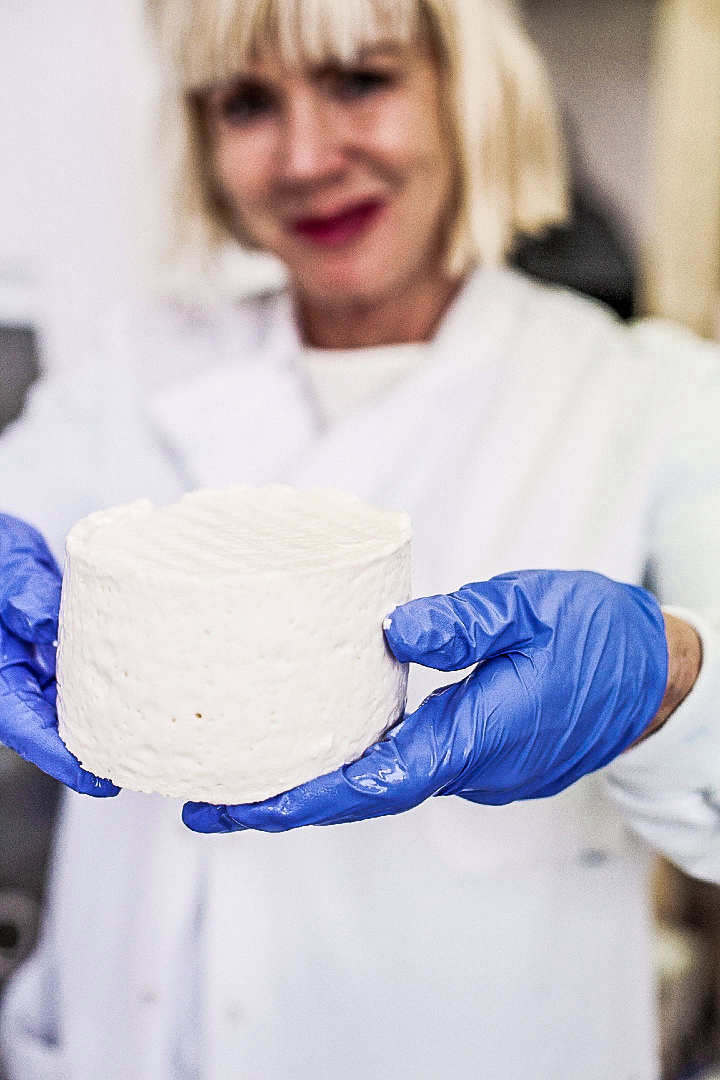
Image: Smell RE_searchLab Berlin | Sissel Tolaas
An unusual project. What was your goal in this case?
It was a cheese-art intervention, a great project about body odors, about microflora and the role of bacteria living on the skin. Our goal was to give body odor, which reminds many people of cheese or other fermented foods, a more positive connotation.
Did it work?
At first, the homemade cheeses triggered the same reactions from the public and media: astonishment, nervous laughter, discomfort and disgust. The very brave sniffed at the cheese wheels, which, depending on the variety, either emitted an oder like stinky feet or merely smelled. Bacteria have a negative connotation in our minds. But who actually decides what is clean and what is dirty? An important part of my work is to decontextualize things. If you don’t tell people the cheese was made using David Beckham’s foot sweat bacteria, they will perceive the smell differently.
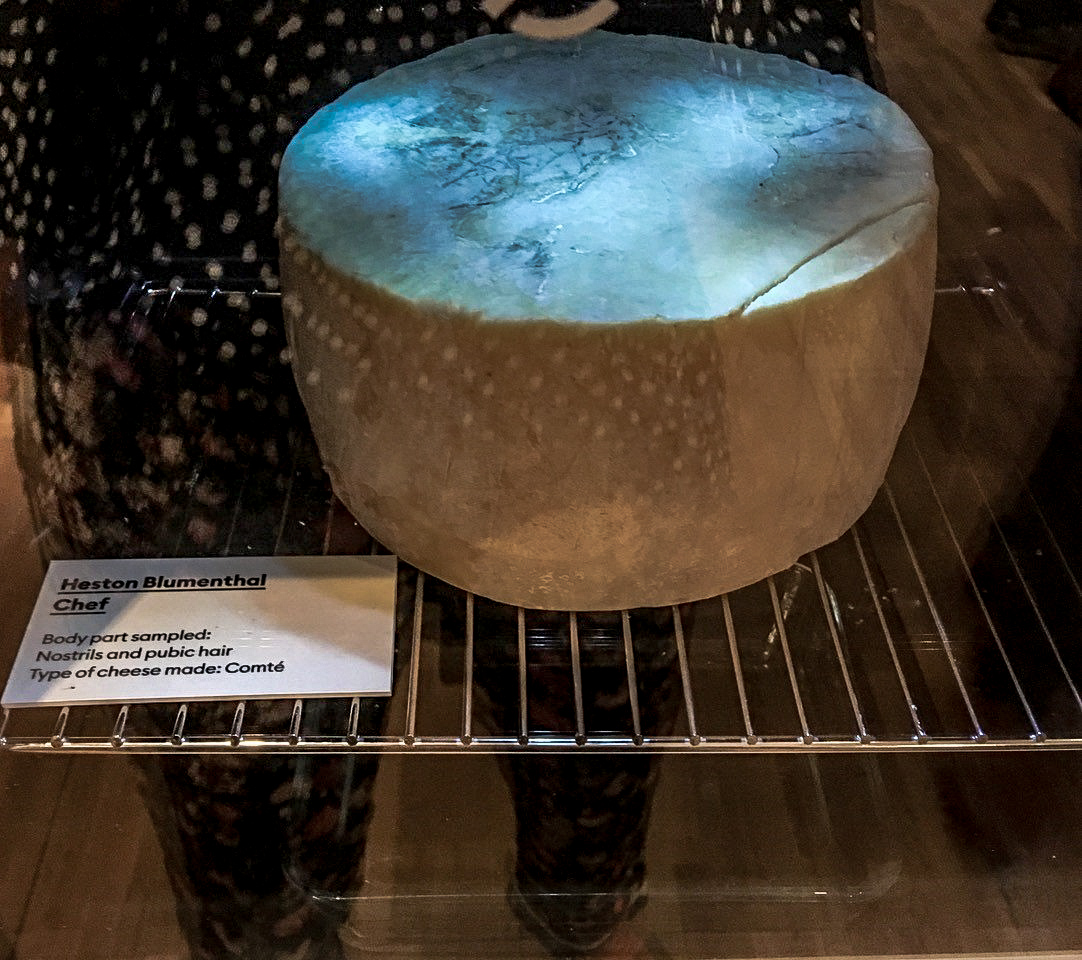
Image: Smell RE_searchLab Berlin | Sissel Tolaas
What is your next food project?
An exhibition called Food Print, which will be held at the Technical Museum in Vienna starting in October. For this I found a young girl who made some sourdough for me. A piece of the dough will be pinched off in each city the exhibition will tour in the future. In this way, the dough will travel throughout Europe, together with its “mother.” This sourdough will accompany its creator for a good portion of her life. After all, sourdough can live for over 50 years.

Image: Smell RE_searchLab Berlin | Sissel Tolaas







